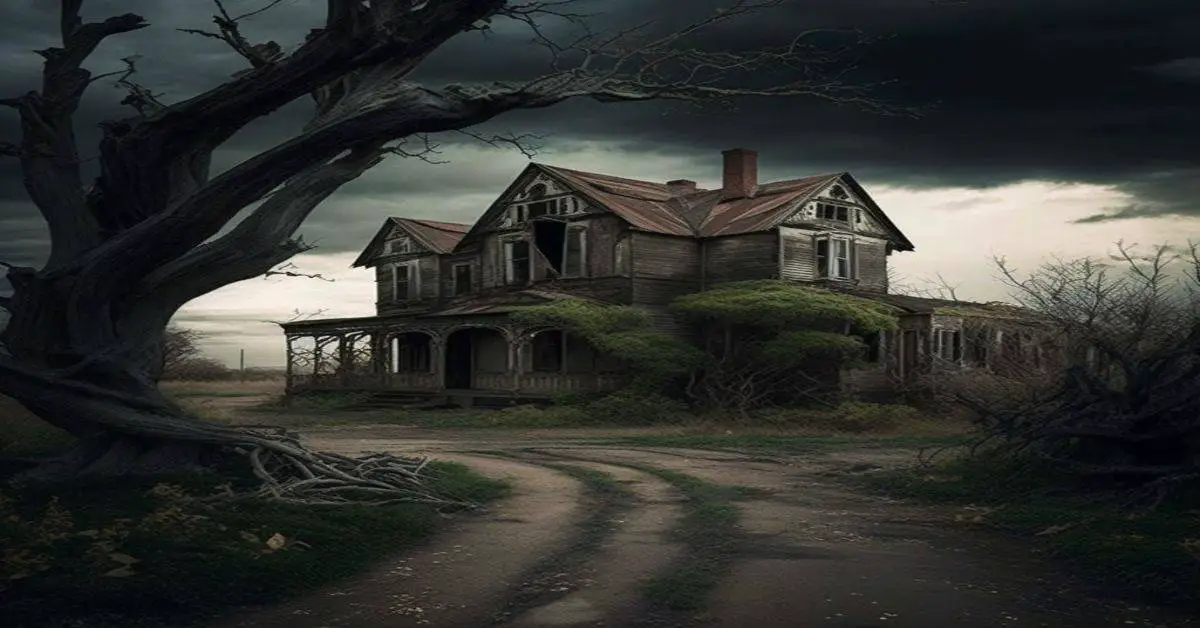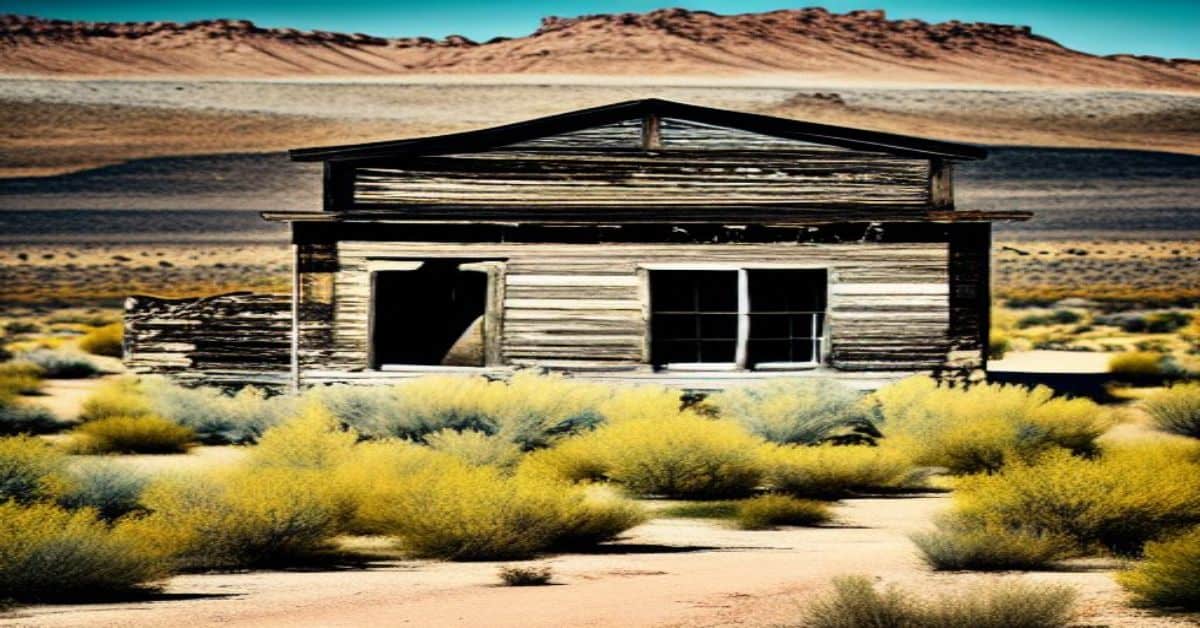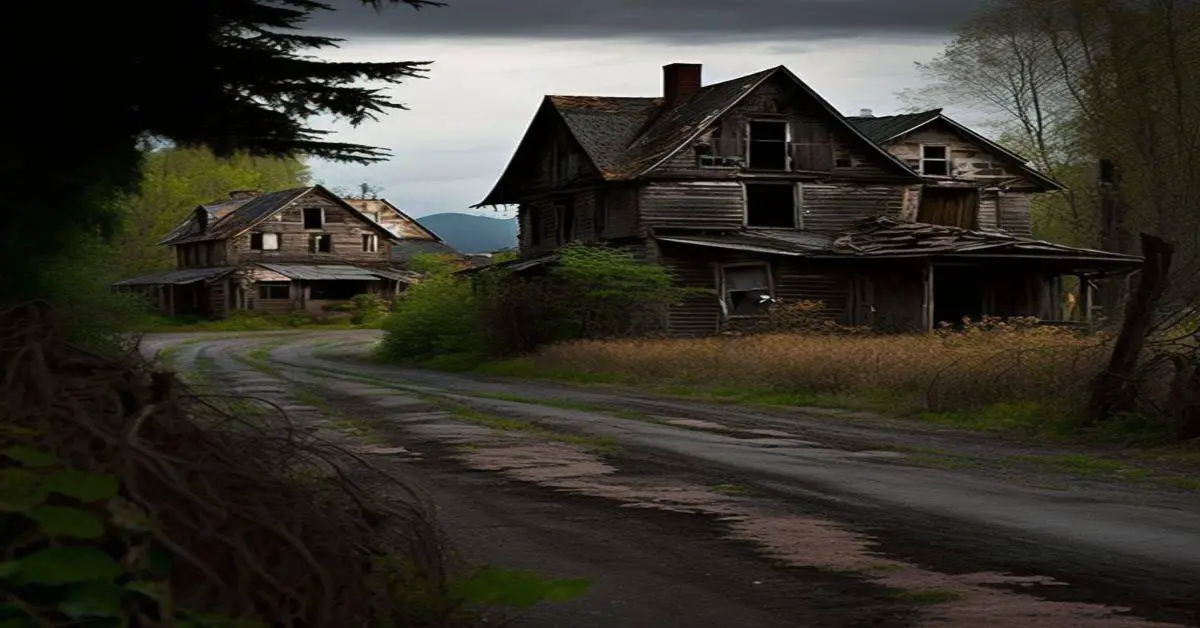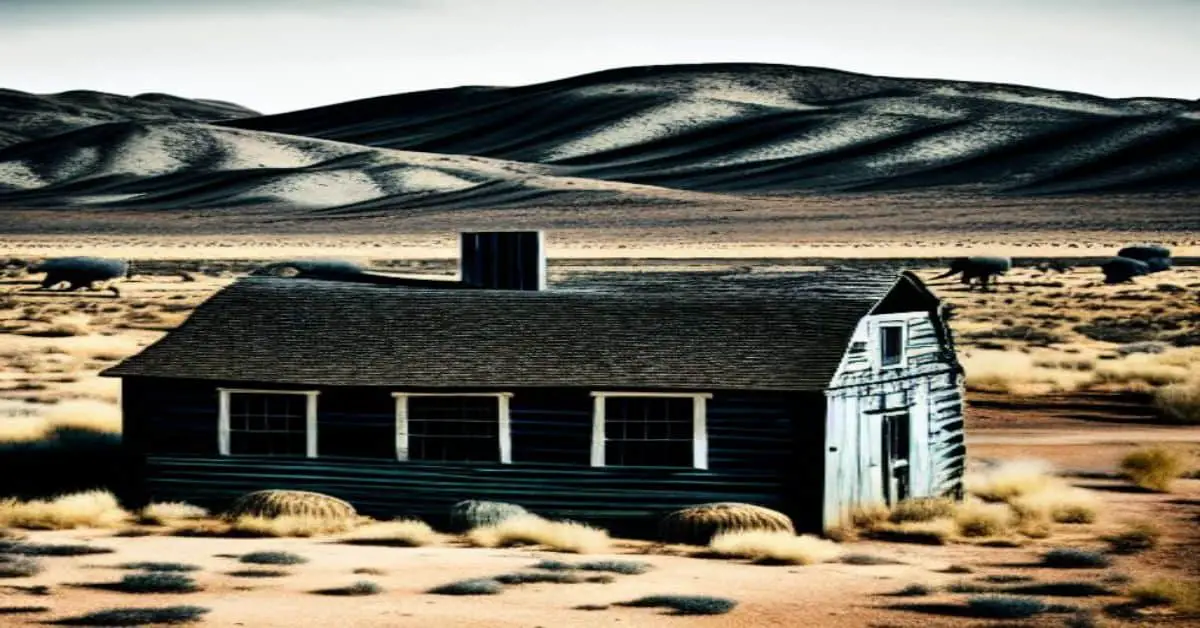Bear Creek, Montana, may be long forgotten, but its story remains a reminder of the devastating impact of coal mining disasters on small communities.
As the saying goes, ‘history repeats itself,’ and Bear Creek’s decline is a tragic example.
Once a bustling town with a diverse population and numerous businesses, Bear Creek fell victim to Montana’s worst coal mining disaster, which claimed the lives of 74 men and left behind a legacy of grief and economic hardship.
Despite the town’s rich history and vibrant past, Bear Creek today is a mere shadow of its former self. The once-thriving community has become a ghost town, with only a few residents remaining and many buildings and infrastructure in disrepair.
Nevertheless, Bear Creek’s story is a testament to the resilience and determination of small-town America, and serves as a reminder of the importance of remembering the past to shape the future.
In this article, we will delve into the history and infrastructure of Bear Creek, Montana, and shed light on its forgotten past.
Key Takeaways
- Bear Creek was a bustling town with a diverse population and various businesses, including mercantiles, hotels, billiard halls, and saloons.
- The town’s decline was hastened by the tragic Smith mine disaster, which claimed the lives of 74 men, many of whom lived in Bear Creek.
- After losing popularity during World War 2, Bear Creek economically failed and became a ghost town with only a few residents.
- Despite demolishing many old structures, the town still has many mine shafts and old foundations, and researchers are encouraged to investigate its history further.
Location and History
Bear Creek, located between Red Lodge and Belfry in Montana, was once a bustling community with a historical significance and cultural diversity. At its peak during World War 1, the town boasted a population of nearly 2,000 people and had seven mercantiles, a bank, two hotels, two billiard halls, a brickyard, and numerous saloons.
The town was ethnically diverse, with residents of various backgrounds living harmoniously. However, the town’s prosperity was short-lived. Montana’s worst coal mining disaster at the nearby Smith mine took the lives of 74 men, many of whom lived in Bear Creek.
This tragedy hastened the town’s decline, which lost its popularity during World War 2 and economically failed shortly after. Today, Bear Creek is a ghost town with only a few residents, and researchers are encouraged to investigate its history further.
Infrastructure and Buildings
Despite the lack of a church in its early years, Bear Creek boasted an impressive array of infrastructure and buildings, including seven mercantiles, two hotels, a brickyard, and numerous saloons, contributing to its popularity as a road stop during World War 1.
Today, most of the old structures have been demolished to make room for new homes, but there are still many mine shafts and old foundations in the town. The sandstone quarried from the nearby hill was used to construct the town’s foundations and structures, which adds to its historical significance.
Preservation efforts have been made in recent years, with the community getting involved in restoring some of the town’s remaining buildings. The Lamport Hotel foundation, for example, has been marked with a historical marker and is a popular spot for tourists to visit.
The town’s small post office is still operating, and its old brickyard is now a community park. Despite the lack of a church, Bear Creek has a unique history that continues to be of interest to researchers and historians.
Current Status
Bear Creek primarily serves as a bedroom town for the nearby Red Lodge and Belfry communities. The town’s population is small, with only a few residents living in the area. However, the town’s proximity to the larger communities allows for easy access to amenities and services such as schools, medical facilities, and shopping centers.
In recent years, the town has seen some community development, with new homes being built and older structures being renovated. The historical marker near the old hotel foundation reminds of the town’s rich past, and researchers continue to investigate Bear Creek’s history.
Although the town may no longer be the bustling community it once was, it remains an important part of Montana’s history and a testament to the resilience of its people.
Frequently Asked Questions
Are there any paranormal or supernatural activity reported in Bear Creek?
Despite Bear Creek’s haunted history, there are no documented reports of ghostly sightings or supernatural activity in the town. Researchers have not found any evidence to support claims of paranormal occurrences in the area.
What was the primary industry in Bear Creek before the coal mining disaster?
Before the coal mining disaster, Bear Creek’s primary industry was coal mining. The town had modern mines with advanced mining techniques that boosted the economy of the surrounding areas. The disaster had a profound impact, hastening the decline of the town and leading to its eventual abandonment.
Is any effort being made to preserve the remaining structures in Bear Creek?
Efforts to preserve the remaining structures in Bear Creek are limited. The town’s historical significance has been acknowledged with a marker near the old hotel foundation, but most old structures were demolished to make room for new homes.
What is the current population of Bear Creek?
The current population of Bear Creek is not explicitly mentioned in the given background information. While efforts have been made to preserve structures in the town, it is primarily a bedroom town for Red Lodge and Belfry.
Have any movies or TV shows been filmed in Bear Creek?
No movies or TV shows have been filmed in Bear Creek. There is no record of famous visitors to the town. Bear Creek is primarily a bedroom town for Red Lodge and Belfry.



